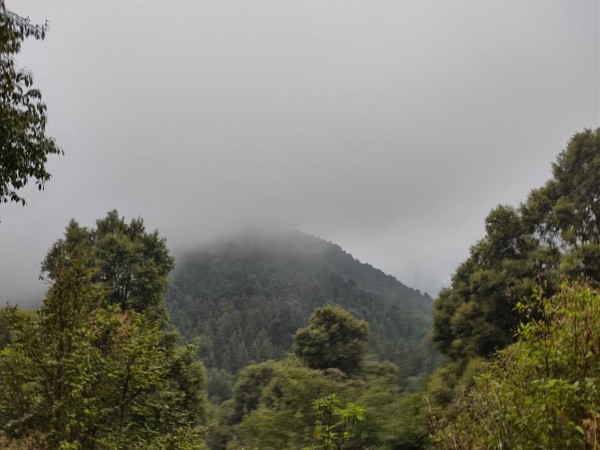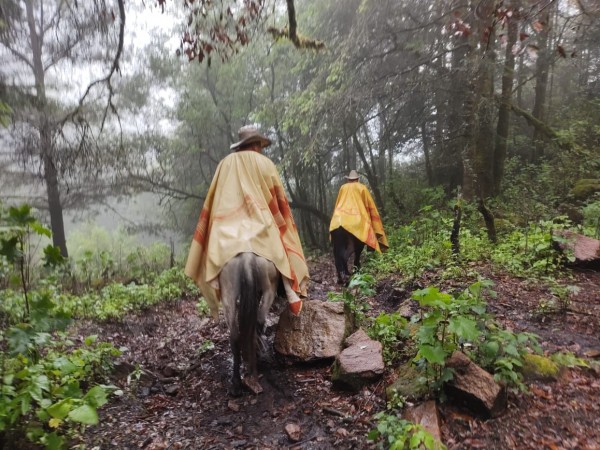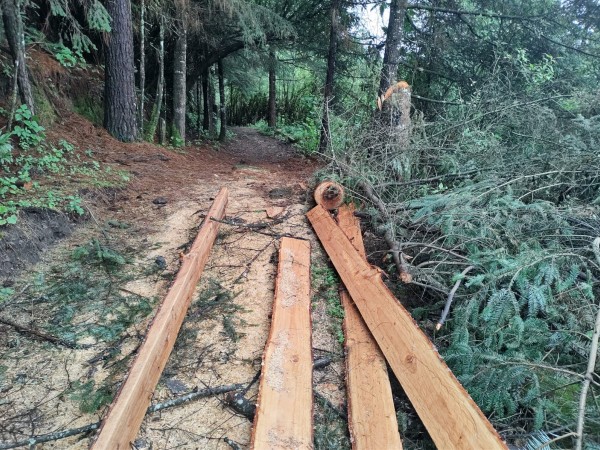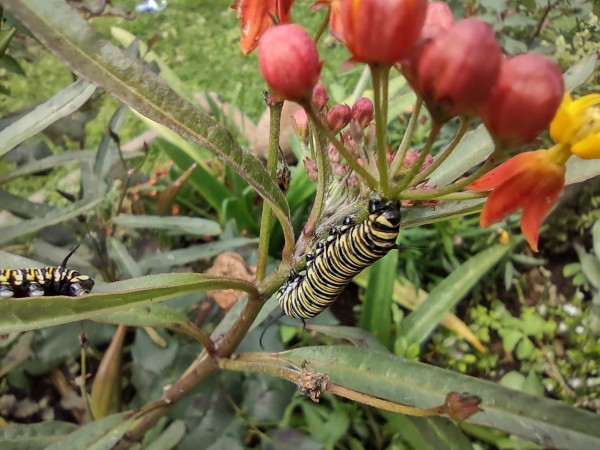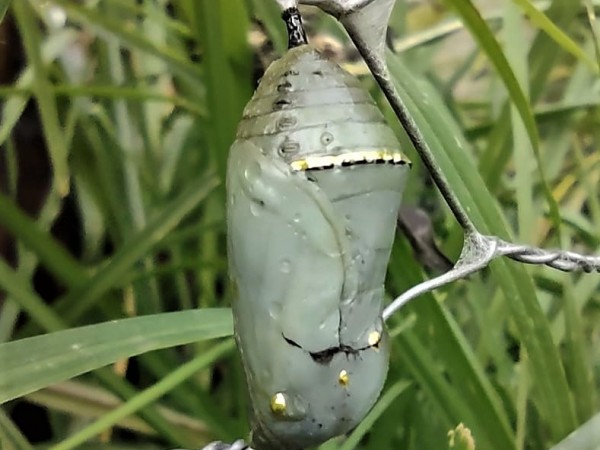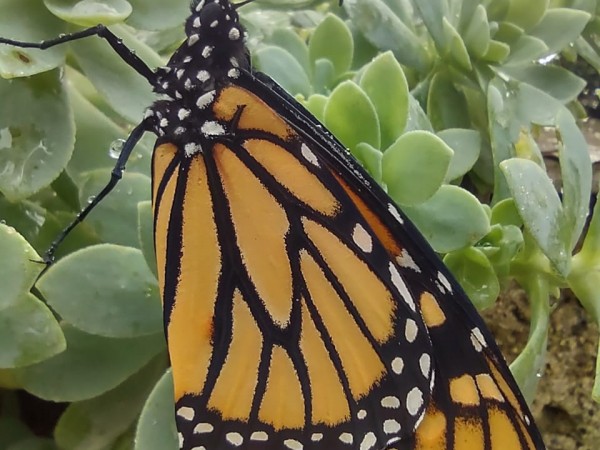Letter From Ellen Sharp: Joy and Frustration
Published: 11/04/2021
Dear Butterfly People,
Ana Moreno spotted the first few monarchs flittering into Macheros at 12:48 pm on October 30. At 1:05 the same day, Ranger Juvencio Moreno sighted butterflies flying above the ridgeline of Cerro Pelon. Subsequent days saw many more midday arrivals. Yesterday I lay on my back on my rooftop and watched these furiously pumping silhouettes cut across a ceiling of cloud cover. My eyes blurred with tears at the sight, in a surge of emotion that mixed joy and frustration.
It felt like ages since we’d last seen these determined little pilgrims, when the migration departed last March and the eyes of the world turned away from the butterfly sanctuaries. In this void, illegal logging in the Cerro Pelon Sanctuary spiked, and my colleagues and I did what we could to ask the relevant authorities for help. Except for one prominently-placed editorial, these efforts were all for naught. We sadly watched while La Lagunita, the roosting site where the monarch migration was first confirmed in 1975, got plundered to the point of no return. It’s safe to say that we will never see monarchs roost in La Lagunita again in our lifetime.
While the Butterflies & Their People forest guardians did what they could to protect the forest, they are unarmed and cannot levy fines. Only agencies like Profepa or the National Guard are vested with that authority in Mexico. While the rangers filed reports about the logging, follow up was minimal to non-existent, and the pilfering continued. In the past, when we offered jobs in forest protection to clandestine loggers, they jumped at the chance. But when we located the most prolific of La Lagunita’s talamontes to offer him steady employment, he demurred, saying no thank you, that in between selling black market timber and avocados, he was doing just fine.
While I was desperately trying to bring attention to the crisis in the forest, I was also in communication with groups of my fellow United Statesians living here in Mexico. It was equally challenging to engage their attention in this unhappy topic. Instead, many wanted to talk about butterfly gardening, asking What kind of milkweed should I plant to save the migration?
Since we live in the monarch migration flyway, I wondered if it was wise to increase the presence of milkweed in Mexico. Mexico does host a year-round resident monarch population, but very little is known about their behavior. Do these butterflies join the migrators in the fall for the massive genetic-material swap that takes place in central Mexico’s mountains every spring? Or do migrators drop out of their relay race to become year-round residents when tempted by fresh milkweed and temperate temperatures?
As these questions suggest, we’re in need of more research that explores what kind of milkweed should be planted when and where. In the meantime, I worry that this milkweed-centric approach to saving the monarch migration makes other equally important components of their habitat, namely their overwintering grounds, fade from view. I get why that’s the case: “Plant milkweed” provides individuals with a discrete, concrete action, while “Stop Logging the Butterfly Forest” calls for coordinated, collective action to transform a regional political economy.
Ana and Pato Moreno and I will be exploring these issues further while sharing butterfly beauty in our second season of the Adopt a Colony project, as well as on our Facebook and Instagram feeds. You’re welcome to join us in these inquiries, because as any overwintering monarch can tell you, there’s strength in numbers.
Saludos desde Macheros,
Ellen
*Fruit For Thought: If you would like to learn more about the expansion of avocado production, Journey North has collected just a few articles to inspire discussion.

